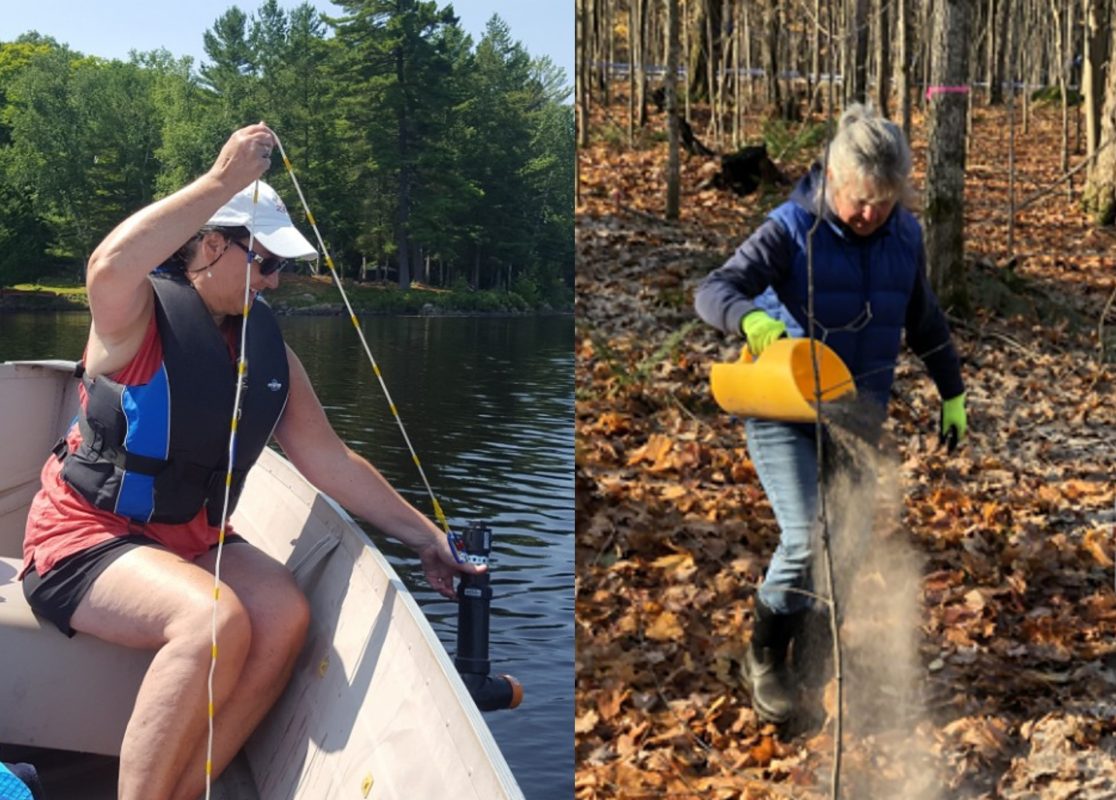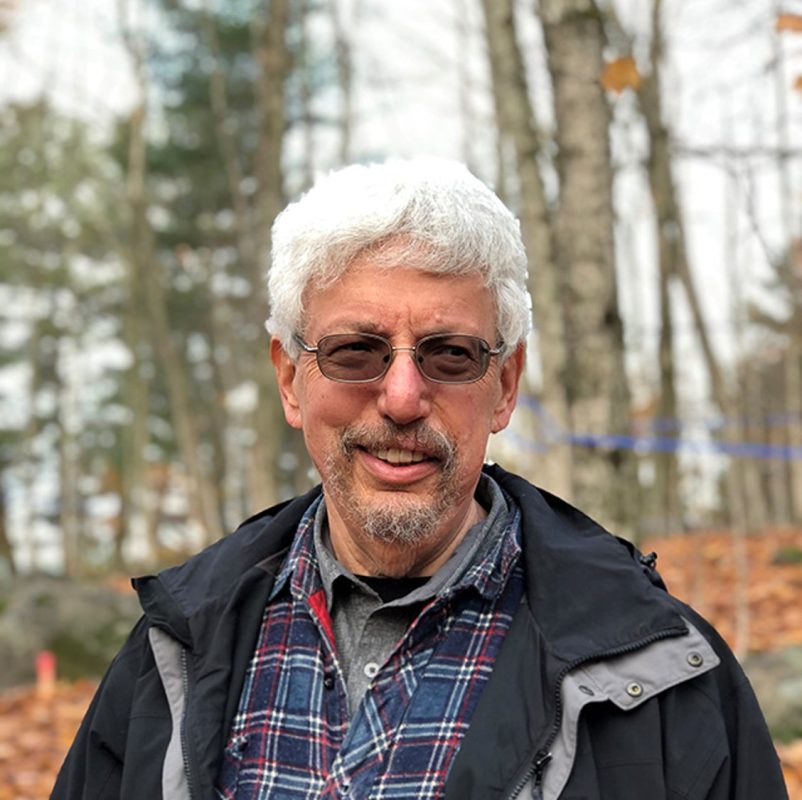Citizen Scientists Play Important Role in Sustaining Our Watersheds.
By Dr. Norman Yan.

My friend Jay is a fiddle player, a master gardener, and a maple syrup maker. My friend Jan is an industrial electrician, and a marathon swimmer, and she can fix anything that’s broken. And Jay and Jan are also both citizen scientists, two of hundreds of Muskoka residents (and thousands of Canadians) that in tangible ways help understand and resolve threats to the forests and lakes of our watersheds.
Protecting a watershed requires a process: We must broadly agree on what a healthy watershed is, detect changes in or threats to that health, identify the sources of the problem, figure out what should be done about it, and then ensure that effective solutions are applied. This all takes knowledge, and science offers the most effective way to generate that knowledge.
However, it isn’t just professionals that produce that knowledge. Interested and informed members of the public and first nations can do it too, and when citizens work with professional scientists it improves the knowledge generated and its eventual use in several ways. The obvious first benefit is cost saving or accomplishing more with available funding, but there are more important benefits.
First, working with the public can democratize the science, ensuring objectives are broadly relevant. Secondly, information gathered by citizen scientists is more rapidly (immediately?) in public hands. Finally, an informed public is often more effective than professionals at convincing policymakers to act!
Citizen scientists make real contributions to environmental management in Muskoka and elsewhere. Our knowledge of bird and butterfly populations in North America is almost entirely because of citizen-driven programs like annual bird and butterfly counts. Lake stewards working with the Muskoka Lakes Association and in Ontario’s Lake Partner program assess the status and trends of health of their lakes.
Citizen scientists with Muskoka Watershed Council’s Algae Monitoring Program and Friends of the Muskoka Watershed’s road salt program focus on specific problems — the incidence of algal blooms and land uses that lead to salt pollution, respectively.
And the Friends of the Muskoka Watershed’s ASHMuskoka program has hundreds of volunteers contributing to applied research, identifying how best to resolve the problem of widespread forest calcium decline, using firewood ashes.
So, involving citizens as scientists is helpful, but how should it be done? We should learn from Jan and Jay and others like them about why they remain involved, and we can also learn from the European Citizen Science Association.
The ECSA reminds us that citizen science is much more than “cheap labour.” For it to work, it must generate new understanding that can inform conservation. It should benefit all participants — both the professionals and the citizen scientists. It’s best if the citizens can contribute to many parts of the project including helping to develop its objectives and providing feedback to the community. In fact, the provision of such feedback is a unique benefit of citizen science.
And finally, the ECSA notes that the role of the citizen scientists must be acknowledged, and the overall work evaluated not just for its scientific output, but also for experience of all participants and the wider societal and environmental benefits. Following these principles increases the probability of sustaining the citizen science program.
There are many steps to protecting the environment, but it comes down to generating understanding of what to do and the will to have that knowledge used. Jay and Jan and the many other citizen scientists in Muskoka are sharing in the needed work.
They are helping generate the knowledge we need to protect our watersheds and by sharing it in their communities, they are helping to generate the will for action.
If we learn how to assemble and maintain an engaged citizen science community in Muskoka, our watershed and all who share it will benefit. Let’s get to it.

This is #21 in the current series of articles from Muskoka Watershed Council. Its author is Dr. Norman Yan, director and founding chair of Friends of the Muskoka Watershed, and a retired environmental scientist who has more tales about the tiny creatures that swim in our lakes than Aesop had fables. The series is edited by Dr. Peter Sale, director and past chair of Muskoka Watershed Council.
This article was originally published on MuskokaRegion.com on May 10, 2025.
